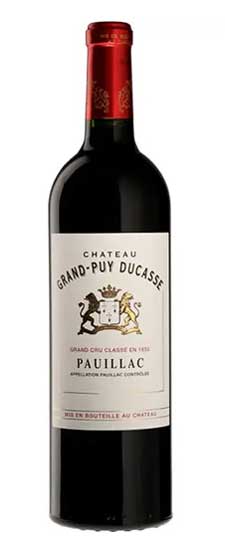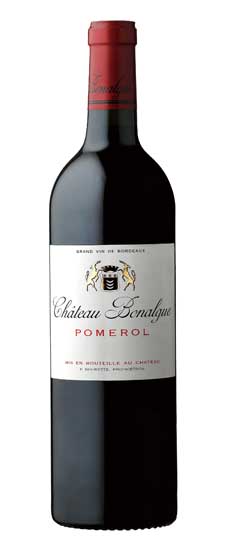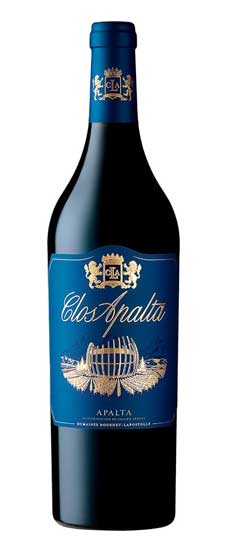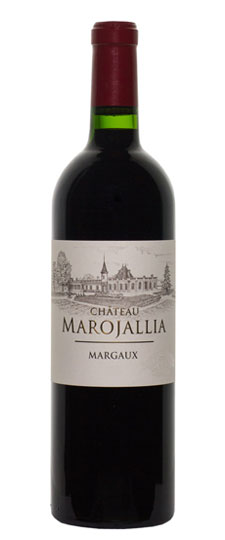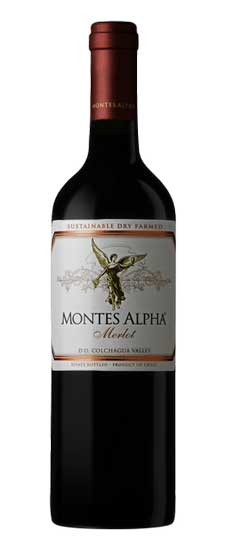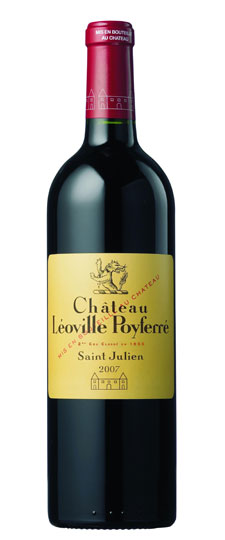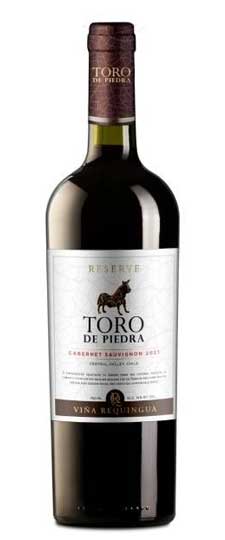Wine Score
Wine style – Chilean Bordeaux Blend –
Chile is producing world class Bordeaux blends that can compete with the very best in the world.
These Merlot and Cabernet Sauvignon based wines are full of structure, tannin and body, just like their counterparts in Bordeaux and Napa. However, winemakers here tend to focus more on creativity and innovation in producing their blends.
The additions of Carménère, Petite Verdot, Malbec, and Cabernet Franc allow for a wide range of styles within this category. Due to the lack of strict regulations there is a blend to suit most any preference!
These bold red wines have even begun winning blind tasting competitions against established international regions.
Although Chile’s wine heritage is closely linked to that of Bordeaux, they are not hindered by the same regulations. Here, winemakers are allowed freedom to produce world class wines without stringent guidelines.
As with other wines from Chile, there are outstanding values to be had in this category, largely due to lower real estate prices and favorable exchange rates. While Bordeaux blends don’t generally come cheap, Chile is an obvious place to search for premium quality wines at reasonable price points.
Chilean wine
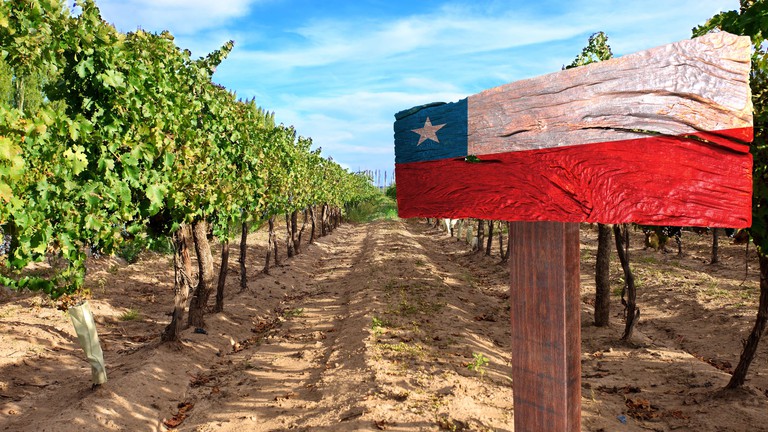
Chilean wine has a long history for a New World wine region, as it was the 16th century when the Spanish conquistadors brought Vitis vinifera vines with them as they colonized the region. In the mid-19th century, French wine varieties such as Cabernet Sauvignon, Merlot, Carmenère and Franc were introduced. In the early 1980s, a renaissance began with the introduction of stainless steel fermentation tanks and the use of oak barrels for aging. Wine exports grew very quickly as quality wine production increased. The number of wineries has grown from 12 in 1995 to over 70 in 2005
A large number of French people immigrated to Chile during the late 20th century, bringing more vinicultural knowledge to the country. Chile is now the fifth largest exporter of wines in the world, and the seventh largest producer. The climate has been described as midway between that of California and France. The most common grapes are Cabernet Sauvignon, Merlot and Carmenère. So far Chile has remained free of the phylloxera louse, which means that the country’s grapevines do not need to be grafted with phylloxera-resistant rootstocks

